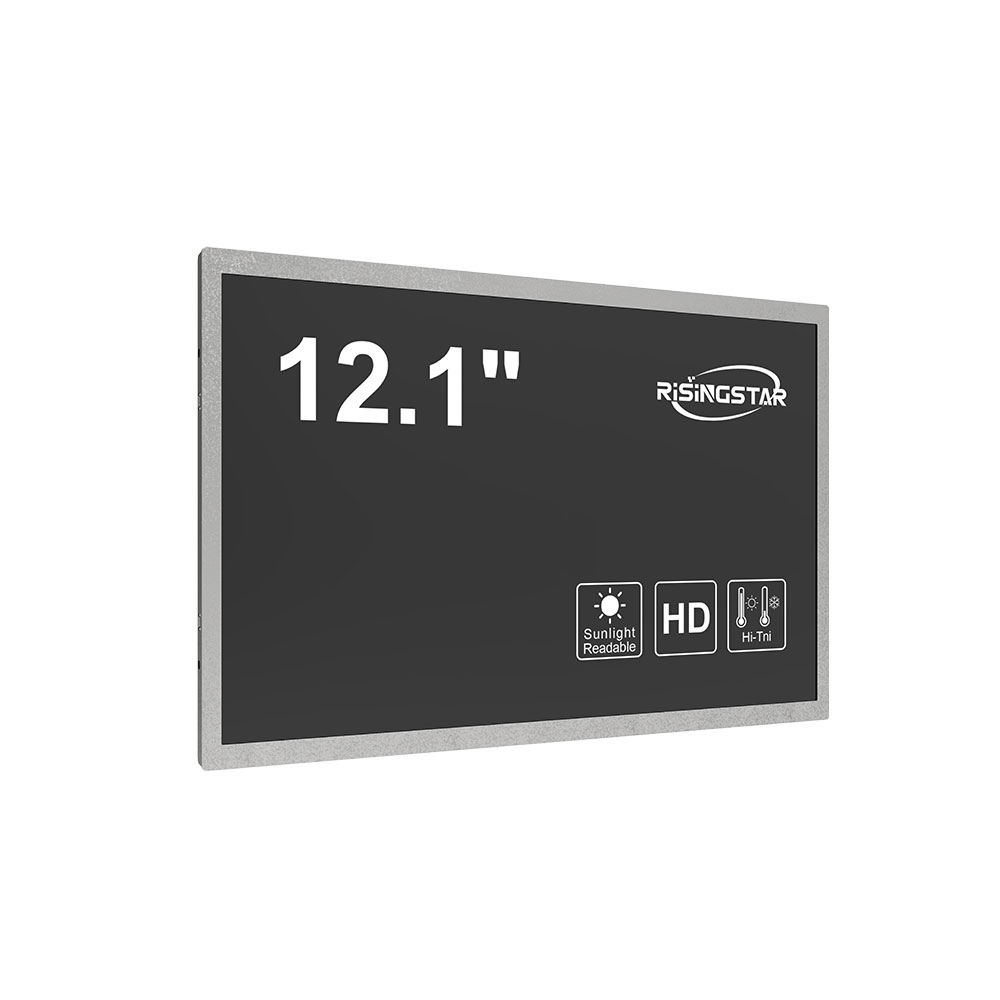When deploying LCD screens in outdoor environments, engineers must prioritize not only brightness and visibility but also long-term durability under extreme conditions such as high temperature, humidity, UV exposure, and physical impact. According to the International Electrotechnical Commission (IEC) standard IEC 60068-2-1, outdoor displays must withstand temperature cycling from -30°C to +70°C without performance degradation. This means that manufacturers must use specialized components like wide-temperature-range LCD panels, reinforced glass with anti-reflective coatings, and IP65 or higher ingress protection ratings to prevent dust and water damage.
In addition to environmental resilience, thermal management is critical. A study published in the IEEE Transactions on Components, Packaging and Manufacturing Technology (2022) found that outdoor LCDs operating above 60°C experience accelerated pixel degradation due to internal heat buildup. To mitigate this, professional-grade outdoor screens often integrate passive cooling systems—such as aluminum heatsinks—and active cooling via fans or liquid cooling, especially in equatorial climates where ambient temperatures exceed 45°C.
Another essential factor is sunlight readability. The industry standard for outdoor display brightness is 5,000 nits, though premium installations may require up to 10,000 nits for direct sun exposure. High-brightness LEDs and local dimming technology are used to maintain contrast ratios even in full daylight. For example, a case study by Samsung Display in Dubai’s Burj Khalifa rooftop screen installation demonstrated that using dynamic backlight control reduced power consumption by 30% while maintaining visibility during peak solar hours.

Moreover, reliability testing protocols like MIL-STD-810G ensure that outdoor LCDs can endure vibration, shock, and salt spray—key for coastal or industrial applications. In marine environments, corrosion-resistant enclosures made of stainless steel or anodized aluminum are mandatory. These design choices are not optional; they are required by international standards such as EN 60068-2-30 (salt mist test) and ISO 16750-3 (vehicle environmental conditions).
Finally, maintenance planning is part of the engineering process. Smart outdoor displays now include built-in diagnostics, remote firmware updates, and predictive analytics based on real-time temperature and usage data. This reduces downtime and extends the lifespan beyond 10 years—a benchmark set by leading manufacturers like LG Electronics and Sharp Corporation. By adhering to these technical best practices, organizations can deploy outdoor LCD screens that perform reliably in any climate—from Arctic tundras to tropical rainforests.







